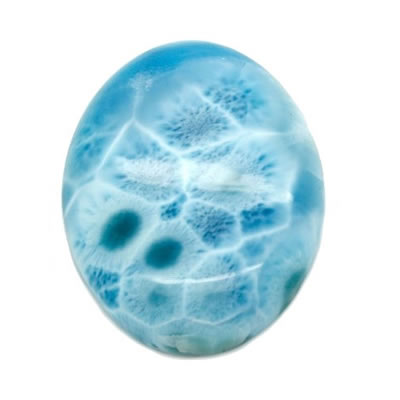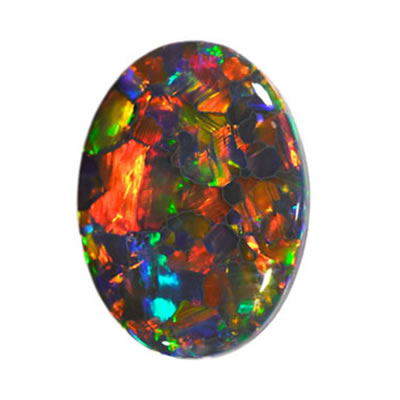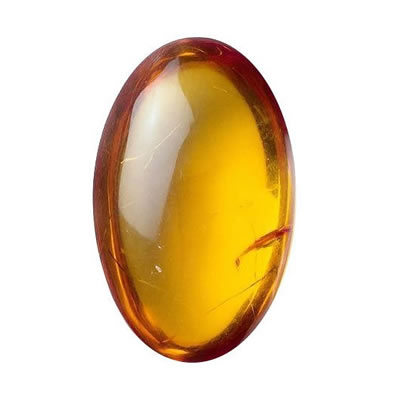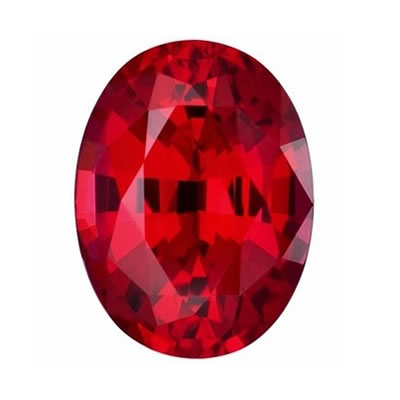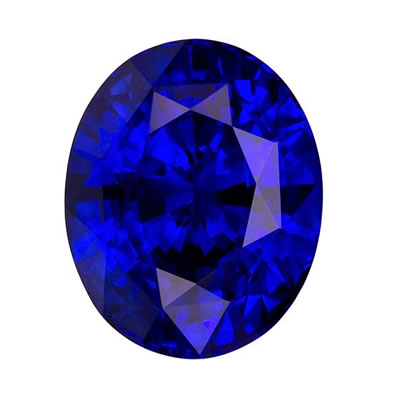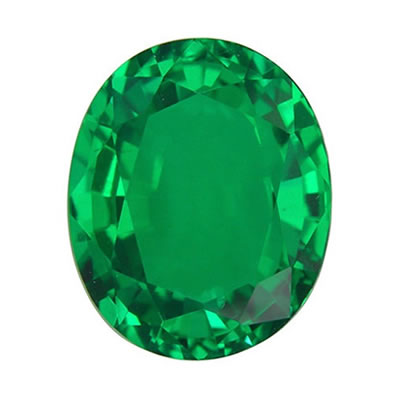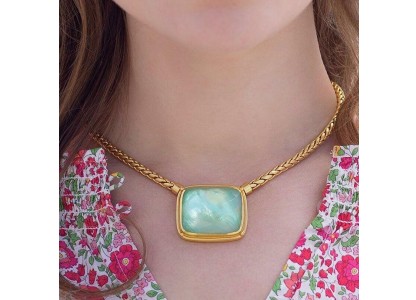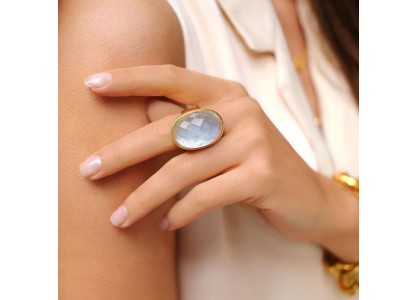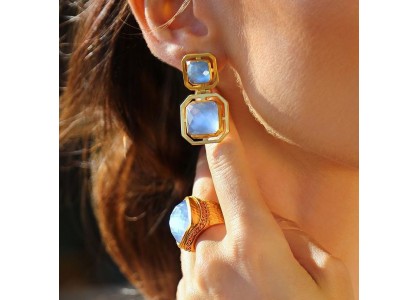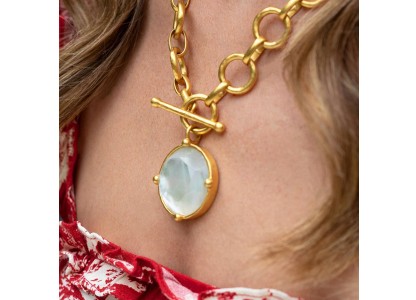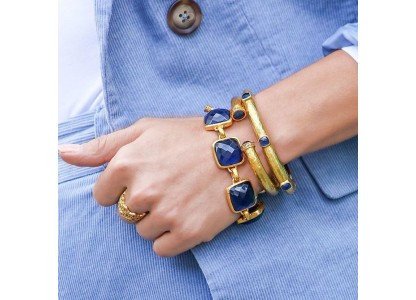Azurite

family
Azurite jewelry
Etymology and history
The modern English name of the mineral reflects this association, since both azurite and azure are derived via Arabic from the Persian lazhward (لاژورد), an area known for its deposits of another deep blue stone, lapis lazuli ("stone of azure"). For thousands of years this stone has been used in jewelry and ornamental objects. During the middle Ages and Renaissance it was ground into pigment for use in paint and eye shadow. The mineral has been known since ancient times, and was mentioned in Pliny the Elder's Natural History under the Greek name kuanos (κυανός: "deep blue," root of English cyan) and the Latin name caeruleum
Azurite description
Azurite is a soft, deep blue copper mineral produced by weathering of copper ore deposits. It is also known as Chessylite after the type locality at Chessy-les-Mines near Lyon, France. Azurite crystals are monoclinic, and when large enough to be seen they appear as dark blue prismatic crystals. Azurite specimens are typically massive to nodular, and are often stalactite in form. Specimens tend to lighten in color over time due to weathering of the specimen surface into malachite. Azurite was distinguished from (the much more expensive) purified natural ultramarine blue by heating (as described by Cennino D'Andrea Cennini). Ultramarine withstands heat, whereas azurite turns black (copper oxide). Gentle heating of azurite produces a deep blue pigment used in Japanese painting techniques.
Azurite jewelry
Azurite is used occasionally as beads and as jewelry, and also as an ornamental stone. Heating destroys azurite easily, so all mounting of azurite specimens must be done at room temperature.
Occurrence
The most occurrence of Azurite is Australia, Chile, France, Mexico, Morocco, Namibia, the southwestern USA, and Zaire.
Talk to Our Jewelry Experts
Monday to Friday from 9AM to 5PM EST

